Fire Protection Options for Different Property Types: Residential, Commercial, and Industrial
Fire protection is essential across all types of properties, but each setting has unique needs based on size, function, and occupancy. ASAP Fire Sprinkler Protection brings decades of experience in designing, installing, and maintaining fire protection systems customized for residential, commercial, and industrial properties. Here, we’ll explore the key fire protection options for each property type, highlighting how ASAP Fire’s solutions meet these diverse safety requirements and ensure code compliance.
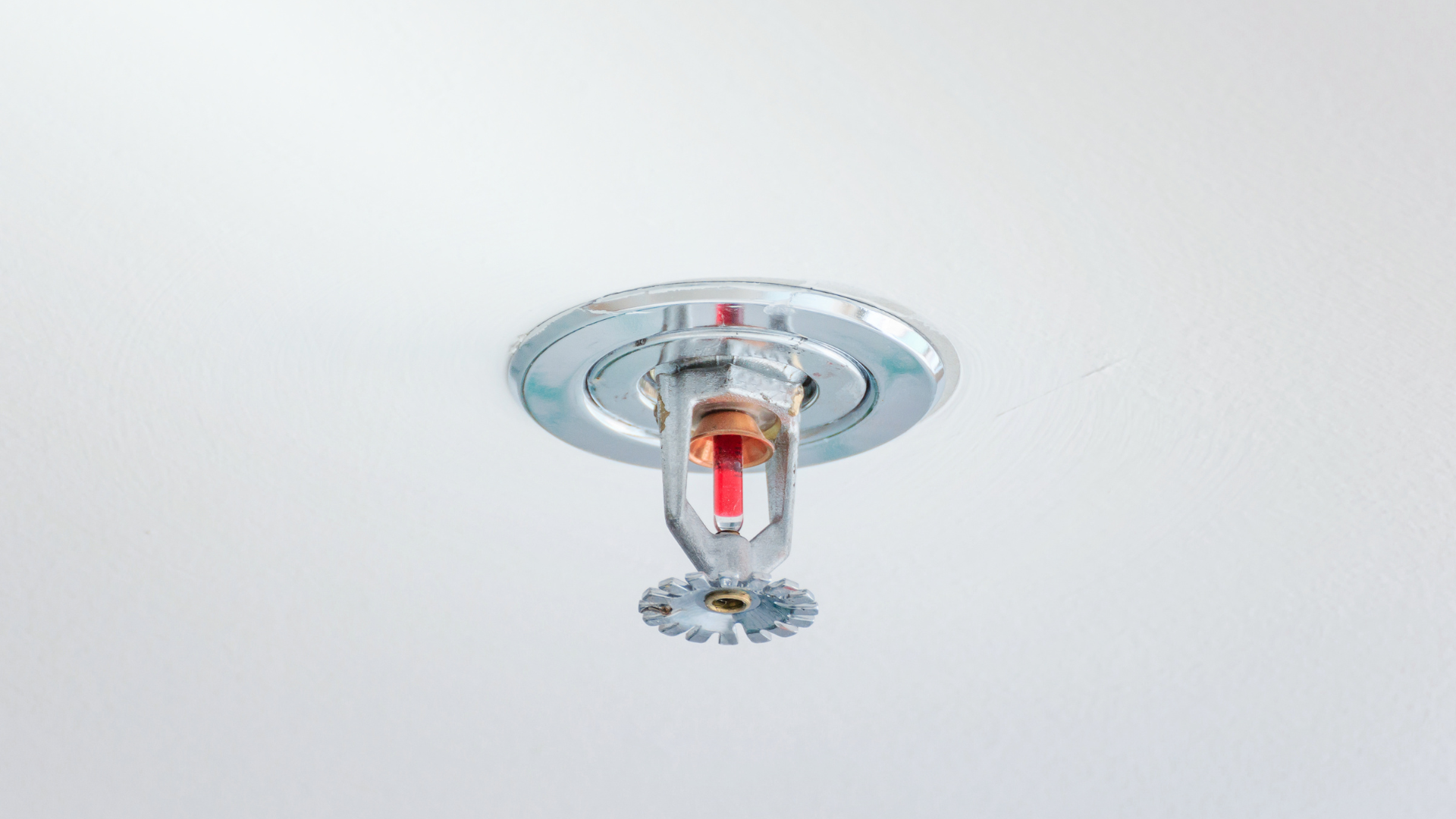
Residential Fire Protection: Protecting Homes and Families
For residential properties, fire protection focuses on
safeguarding lives while minimizing property damage. Residential fire sprinkler systems provide a crucial line of defense, offering rapid response and control of fires before they can spread throughout the home. These systems are often smaller and more streamlined than those used in commercial or industrial spaces, but their role is no less vital.
In residential settings, ASAP Fire Sprinkler Protection installs systems that are unobtrusive yet effective, designed to blend seamlessly into a home’s architecture while
providing reliable protection. Regular maintenance and inspections ensure that each system remains in top working condition, ready to activate in case of an emergency. ASAP Fire also offers comprehensive testing services to help homeowners stay compliant with fire safety regulations and meet insurance requirements, providing peace of mind for families and property owners alike.

Commercial Fire Protection: Safeguarding Businesses and Employees
Commercial properties, such as offices, retail stores, and public buildings, often have complex layouts, high occupancy rates, and substantial investments in infrastructure and inventory.
Fire protection in these settings must account for these factors, with systems capable of managing fire risks over large areas and through multiple rooms or floors. For commercial clients, ASAP Fire Sprinkler Protection designs and installs custom fire sprinkler systems that fit the specific needs of each property.
A key part of commercial fire protection is ensuring regular inspection, testing, and maintenance. These properties are typically subject to strict fire codes and local regulations, which mandate that fire protection systems are routinely inspected and maintained to avoid fines or penalties. ASAP Fire’s maintenance agreements provide commercial property owners with a straightforward way to meet these requirements, keeping systems fully operational and compliant. From sprinkler installations to fire pump testing, ASAP Fire supports businesses in prioritizing employee and customer safety while protecting their property investments.
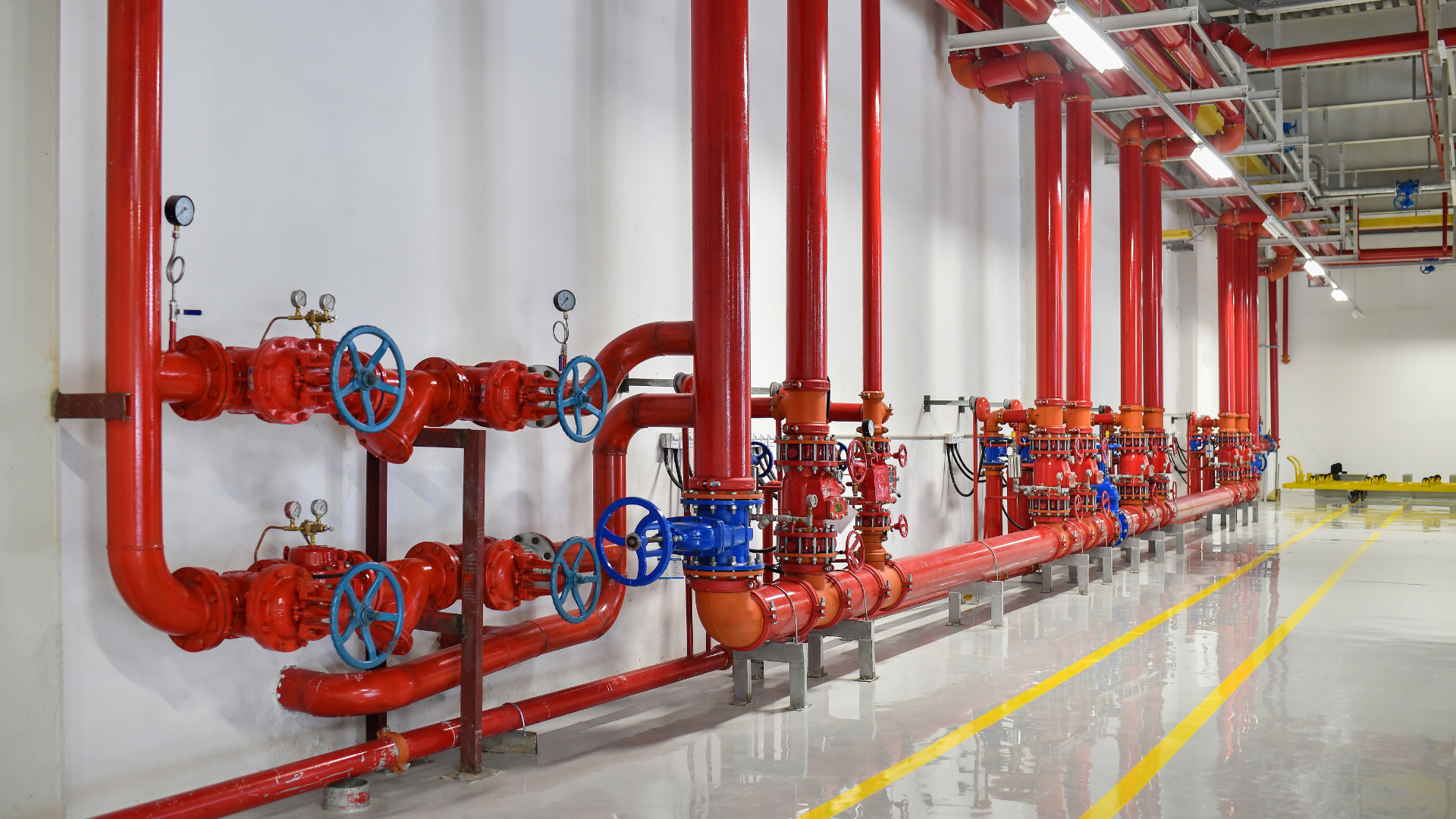
Industrial Fire Protection: Managing Large-Scale Fire Risks
Industrial properties—such as factories, warehouses, and manufacturing facilities—pose unique
fire risks due to their size, the materials they store, and the equipment they operate. Fires in industrial settings can be particularly challenging to control due to the presence of flammable substances or complex machinery, which is why robust and highly responsive fire protection systems are essential.
For industrial clients, ASAP Fire Sprinkler Protection offers a range of fire protection solutions tailored to handle large-scale fire hazards. This may include high-capacity fire pump systems to deliver a rapid, substantial water flow or specialized sprinkler systems designed to suppress fires quickly. ASAP Fire’s industrial fire protection systems are built to withstand the high demands of these environments, ensuring reliable performance when it matters most.
In addition to installation, ASAP Fire conducts regular testing, inspections, and maintenance on industrial fire protection systems to help facilities meet stringent safety standards and prevent downtime due to fire-related incidents. These services are critical in high-risk environments, where even a minor delay in fire response could lead to extensive damage and safety risks.

ASAP Fire’s Commitment to Life Safety Across All Property Types
Whether it’s a home, a commercial business, or an industrial facility, ASAP Fire Sprinkler Protection is dedicated to life safety and fire prevention. Every property type has distinct fire protection needs, and ASAP Fire’s approach ensures each client receives a customized, code-compliant solution. From initial design to ongoing maintenance, ASAP Fire’s licensed, bonded, and insured team provides expertise at every step.
With 30 years of combined experience, ASAP Fire has built a reputation for precise, high-quality work that customers and fire safety professionals trust. By offering tailored solutions for residential, commercial, and industrial properties, ASAP Fire continues to support property owners in protecting lives, assets, and investments.
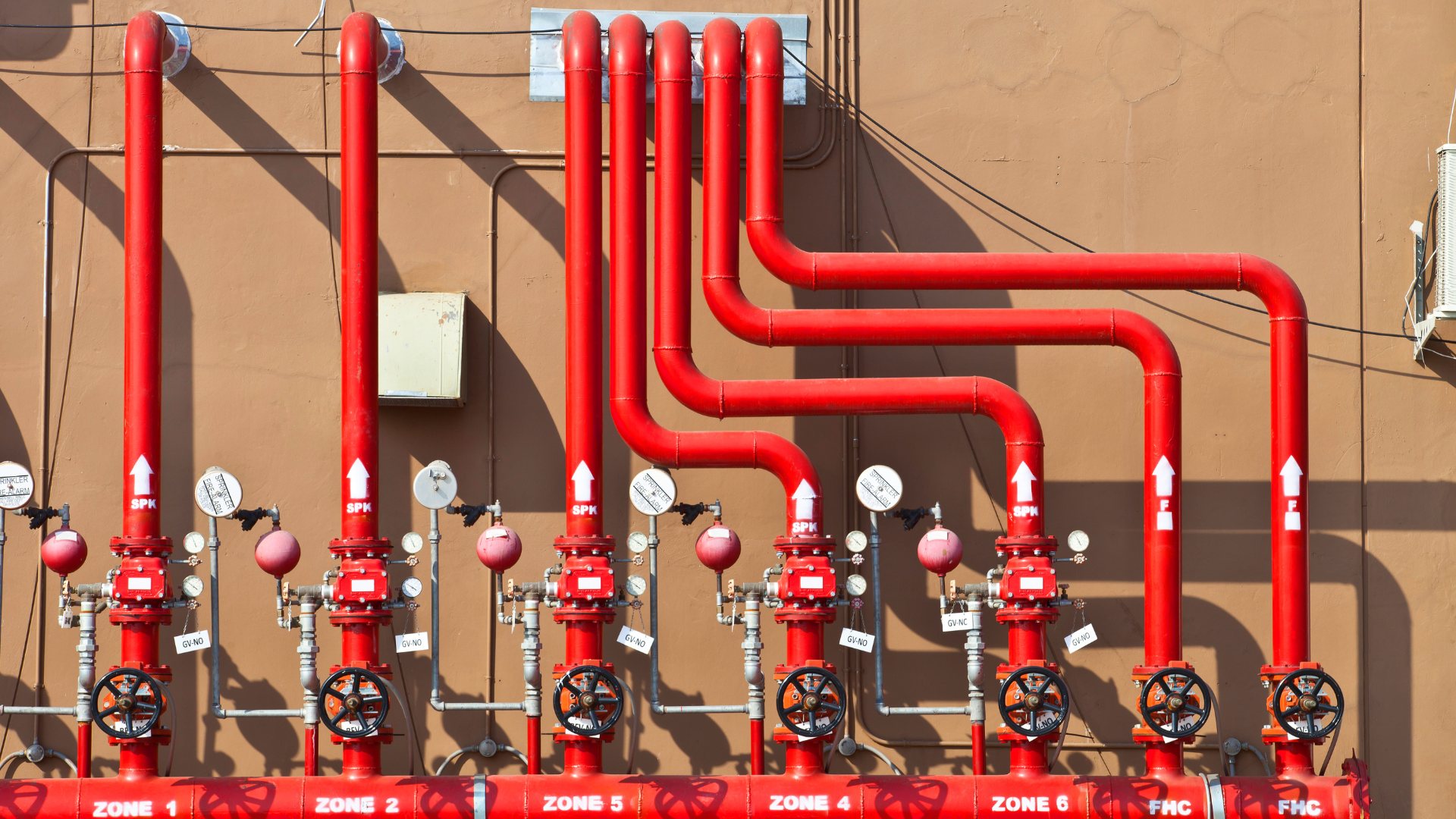
Ensuring Safety and Compliance with ASAP Fire Sprinkler Protection
Each property type requires a specialized approach to fire safety, and ASAP Fire Sprinkler Protection is here to deliver. For customized, reliable fire protection solutions in Florida, contact ASAP Fire Sprinkler Protection today. Our team is ready to design, install, inspect, and maintain a system that meets your specific needs, ensuring safety and compliance in any environment.
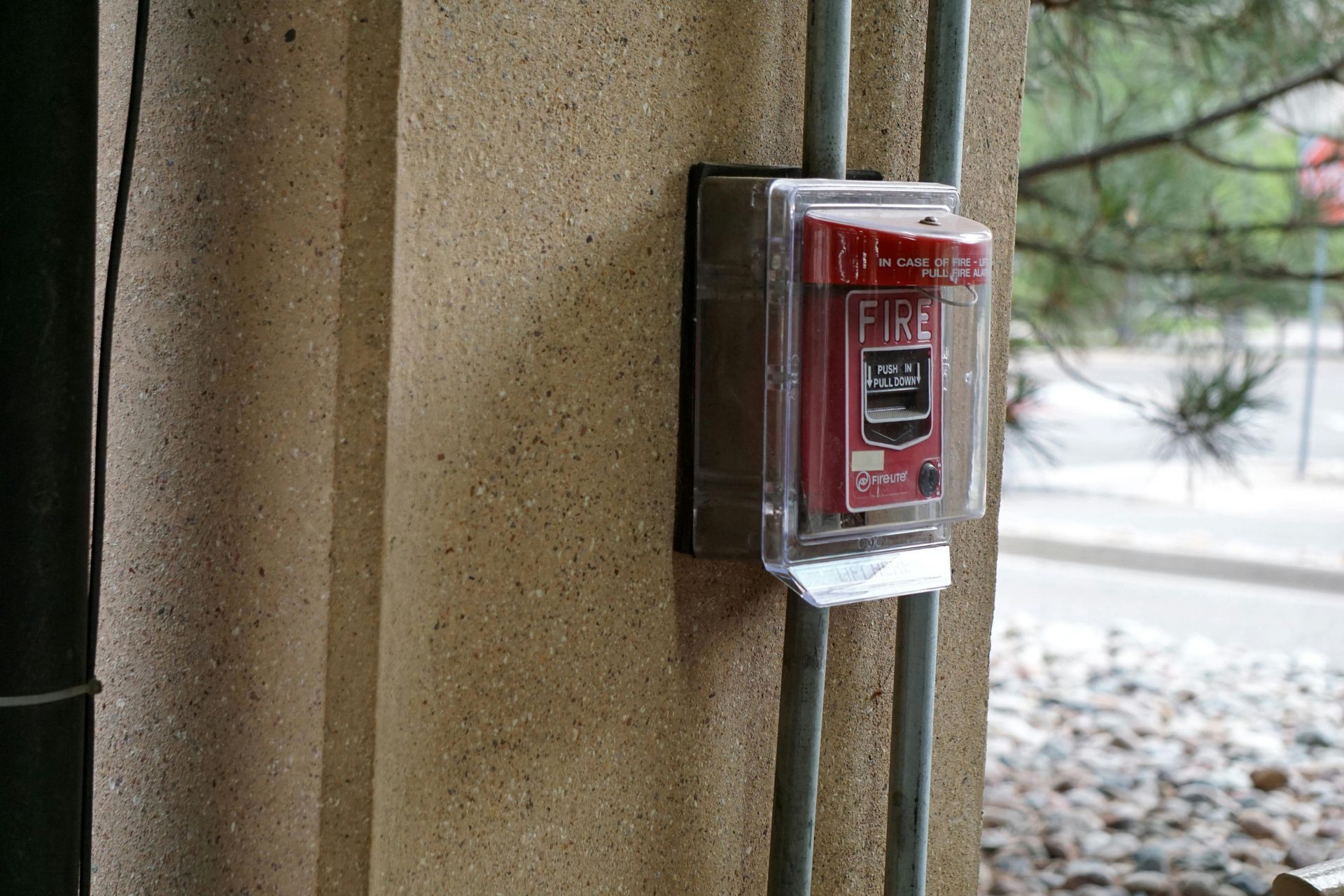




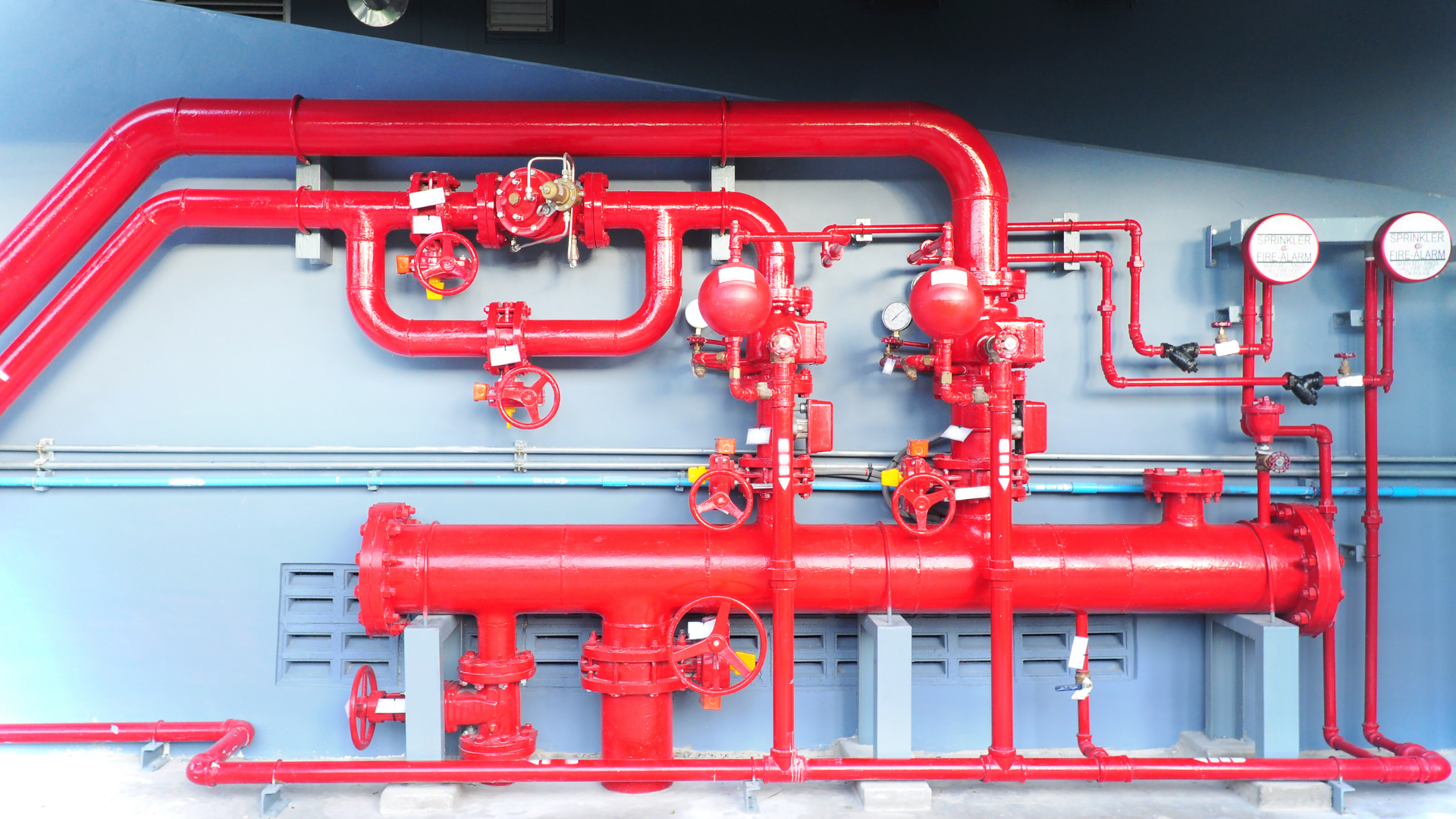

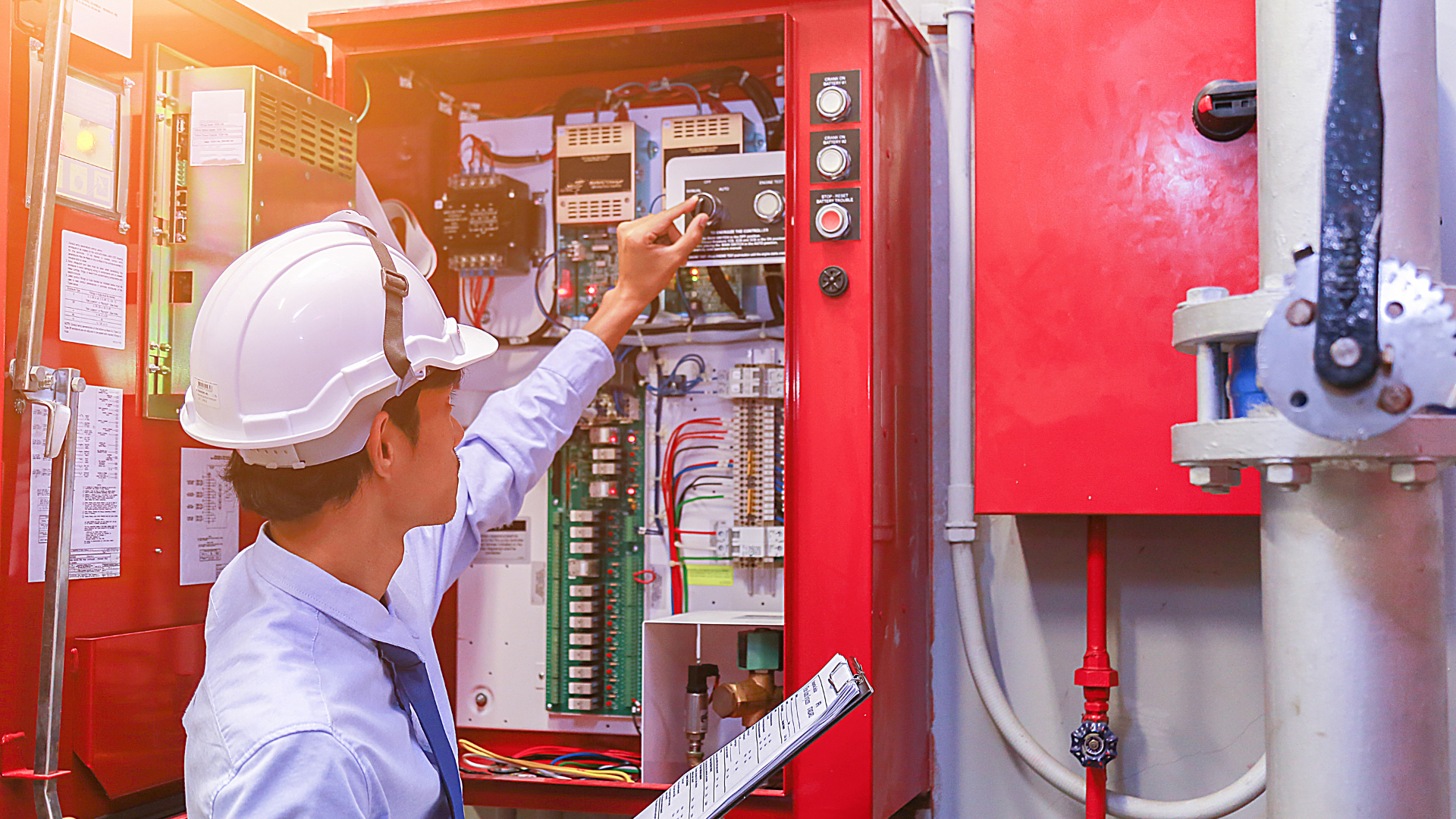
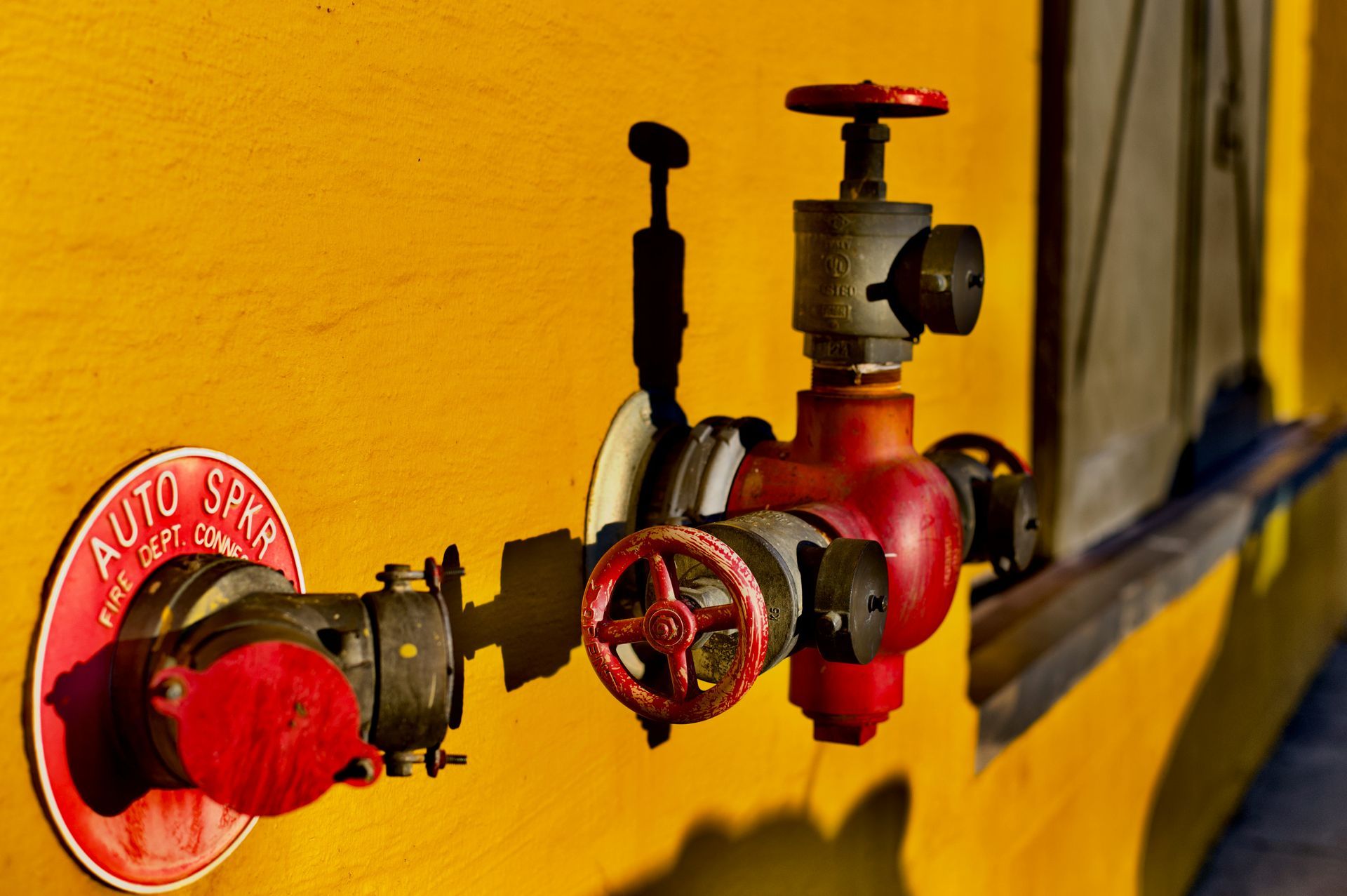
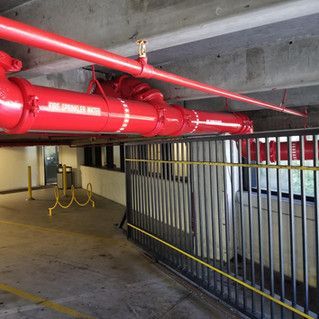
All Rights Reserved | ASAP Fire Sprinkler Protection LLC

